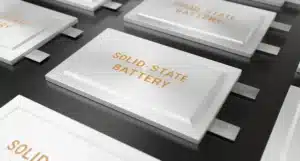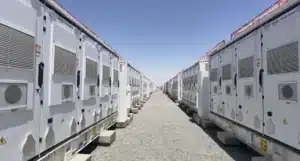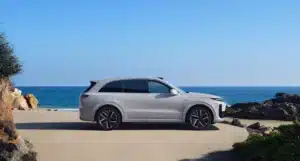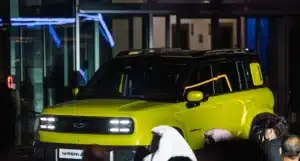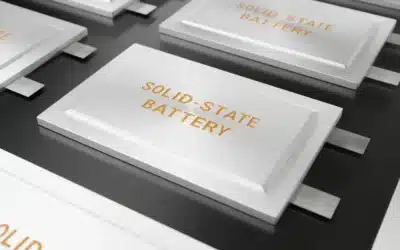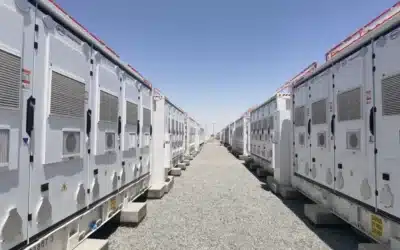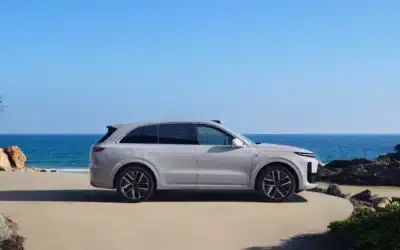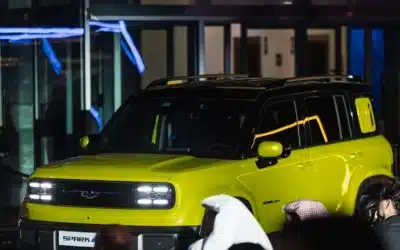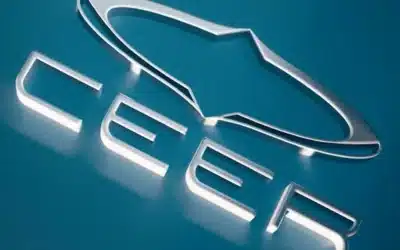
It’s been the most anticipated announcement by Tesla since, well, the last most anticipated announcement by Tesla. But after much speculation and conjecture, Elon Musk finally announced the Tesla Cybercab, a fully autonomous vehicle designed to redefine urban transport.
The unveiling – with its characteristic Musk bravado – took place at the so-called “We Robot” event at the Warner Bros production lot in Burbank, California. Viewers from around the world tuned into the live stream of the event on social networking site ‘X’, with an audience exceeding 4.3 million. There was also a surprise unveiling of a brand-new “Robovan” transport vehicle that can be configured as “mass transit” or a cargo carrier.
The Cybercab represents Tesla’s first foray into the realm of fully autonomous – or Fully Self-Driving (FSD) – vehicles. According to Musk, production of this driverless electric vehicle is projected to start as early as 2026, or possibly 2027, with each unit expected to retail for under $30,000. This strategic pricing aims to make the technology accessible to a broader audience, presenting Tesla with the potential for a robust market presence. Musk is claiming that this will be a key plank in a strategy that will propel Tesla’s valuation from $700 billion to more than $5 trillion. That’s a lot of zeros to add and the launch so far hasn’t wowed investors: the share price actually dropped 6% in pre-market trading after the announcement.
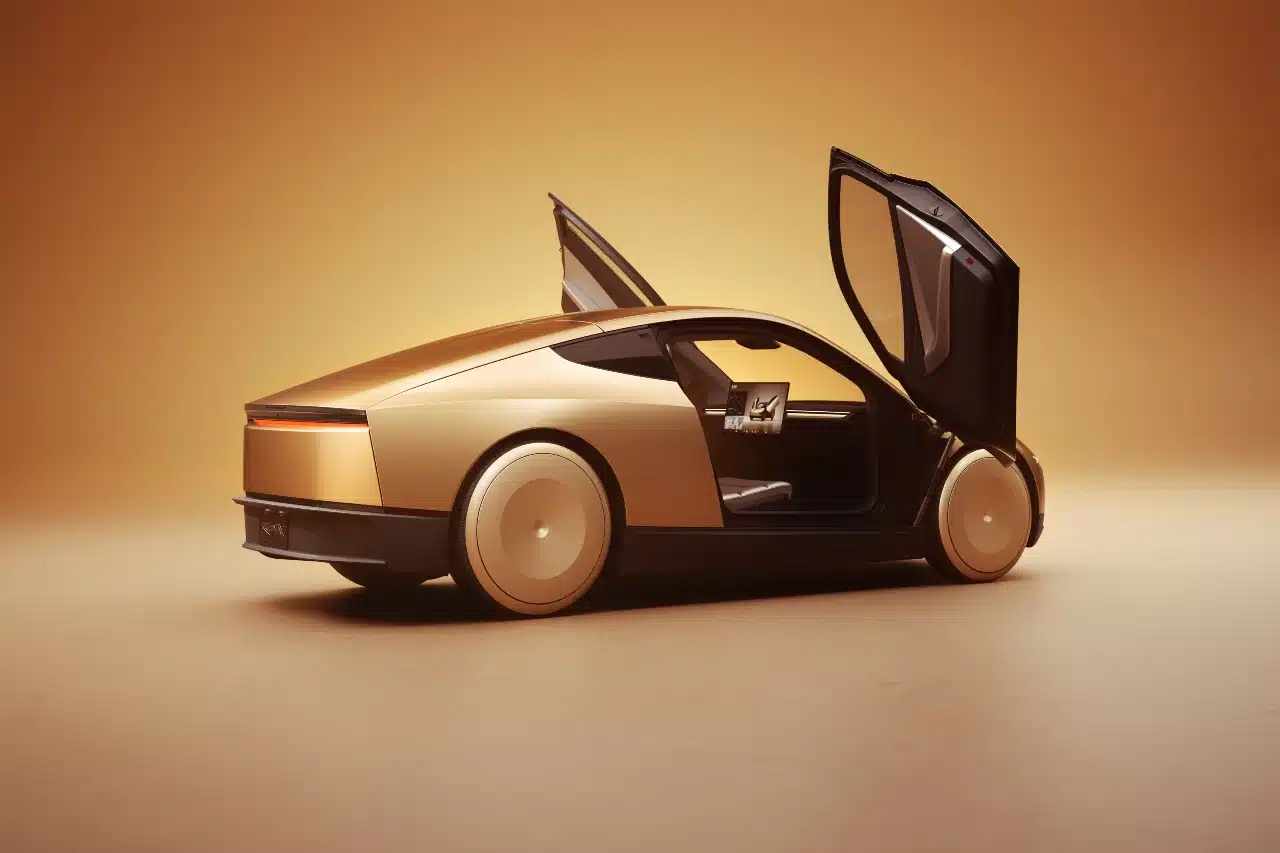
The Cybercab has lines reminiscent of the Cybertruck.
The robotaxi is designed specifically for autonomous operation, featuring neither a steering wheel nor pedals. The futuristic vehicle incorporates upward-opening butterfly doors and is designed to accommodate two passengers in its compact cabin. Charging can be wireless, using technology similar to that found in modern smartphones, eliminating the need for traditional plug-in charging systems.
A significant challenge for the Cybercab, much like other autonomous vehicles, is obtaining regulatory approval before it can be rolled out commercially. This hurdle is common in the development of driverless technology, as safety and regulatory compliance remain key concerns for government bodies worldwide. Tesla has previously been forced to withdraw its self-driving technology in the US because of road safety issues.
During the event, Musk did address safety concerns associated with autonomous driving technology. Despite noted shortcomings in driverless vehicles, including Tesla’s own autonomous features, Musk expressed confidence in the Cybercab’s safety. He stated that these autonomous vehicles are expected to be 10 to 20 times safer than current driver-operated cars. He also highlighted the robotaxi’s cost efficiency, suggesting a per-mile operating cost of $0.20 compared to the $1 per mile typically associated with urban buses—a claim that positions the Cybercab as both a safe and financially viable transportation option.
Beyond the Cybercab, Tesla continues to innovate with projects like the Optimus robot, expected to be priced between $20,000 and $30,000. This reflects the company’s broader ambition to integrate advanced robotics and artificial intelligence into daily life, further underscoring Tesla’s commitment to leading the transition toward automated and sustainable technology solutions.
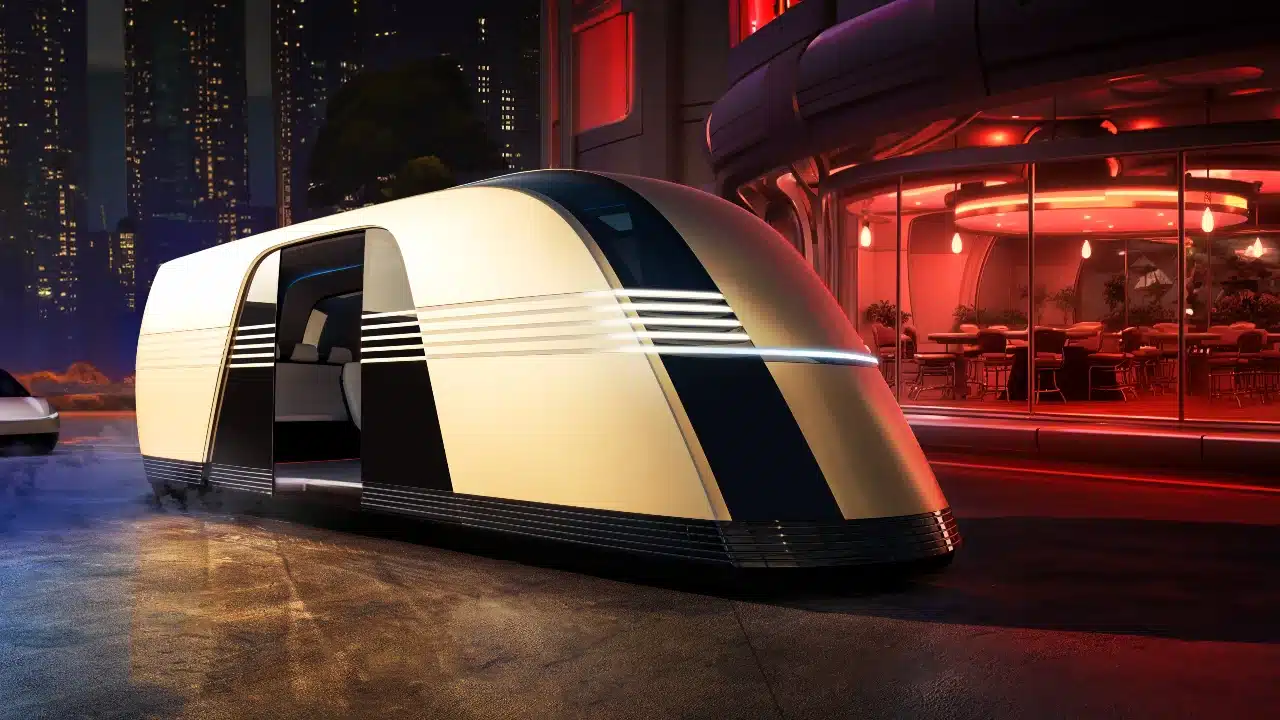
The Robovan.

